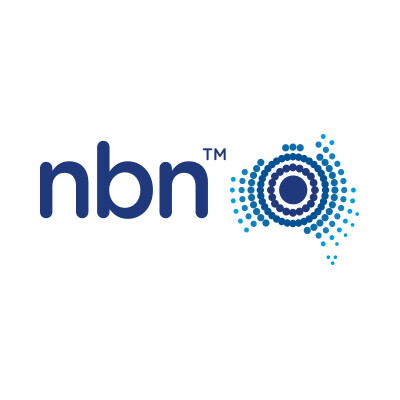In this article
With the Multi-Technology Mix seemingly in constant flux, it’s difficult to say exactly when the National Broadband Network (NBN) will reach your business and which broadband technology will cover the last mile to reach your door.
Originally, NBN Co – the organisation tasked with designing, building and operating the NBN – planned to run fibre to 93% of Australian homes and businesses, with the rest in regional and remote areas relying on Fixed Wireless or satellite. That’s all changed under the new-look Multi-Technology Mix, which might see fibre only reach your basement, your nature strip or the neighbourhood node and then rely on the old copper phone lines to cover the rest of the way. Alternatively, you might end up connected to the Telstra/Foxtel HFC pay TV cables, which are being transferred across to NBN control.
If you’re relying on ADSL or Telstra/Optus HFC cable then you’ll eventually need to move across to the NBN. Your business has 18 months to make the switch once your area is declared NBN Ready For Service, although this might be extended to 36 months if your area went RFS before September 2015. If you rely on business-grade services such as ATM and ISDN, then it’s important to talk to your telco to examine your options.
The NBN rollout maps give you an idea of roughly when the NBN will reach your suburb and which technology is likely to service your area, but the mix continues to change as NBN Co looks for the quickest and most cost-effective way to reach you. These delays are frustrating if you’re currently languishing on a slow broadband connection, but in some circumstances that delay may in fact work to your advantage.
In terms of performance, the closer the fibre gets to your office, the better – making Fibre to the Premises (FttP) the gold standard in terms of fixed-line NBN technologies, but also the most expensive to roll out. The lion’s share of Australian premises will end up with Fibre to the Node (FttN), relying on copper phone lines to cover the last few hundred metres. Depending on your distance from the node and the condition of the copper, you might struggle to get the 100/40 Mbps speeds available to FttP users.
There are a few compromises between FttP and FttN. Fibre to the Basement (FttB) is being deployed in some apartment blocks, but NBN Co is also introducing more Fibre to the Curb (FttC) to the mix – basically running fibre all the way to the telephone pit out in the street. This should have no trouble delivering the 100/40 Mbps speed tier, but it remains to be seen how it will cope with faster speeds in the future.
NBN Co is adding more FttC to the mix and it’s now earmarked for one million premises that would have previously ended up on FttN or Optus HFC cable. This could change again, as the rollout is only approaching the halfway mark.
NBN Co’s long-term roadmap contains performance boosts for most of the broadband technologies, but if you’re not satisfied with the link running to your home or business then you can take advantage of NBN’s Technology Choice Program. This lets you upgrade to a full fibre connection, although you’ll need to pay extra installation fees that will likely run into the thousands of dollars. It’s worth keeping in mind if you find that the NBN struggles to meet your needs.



